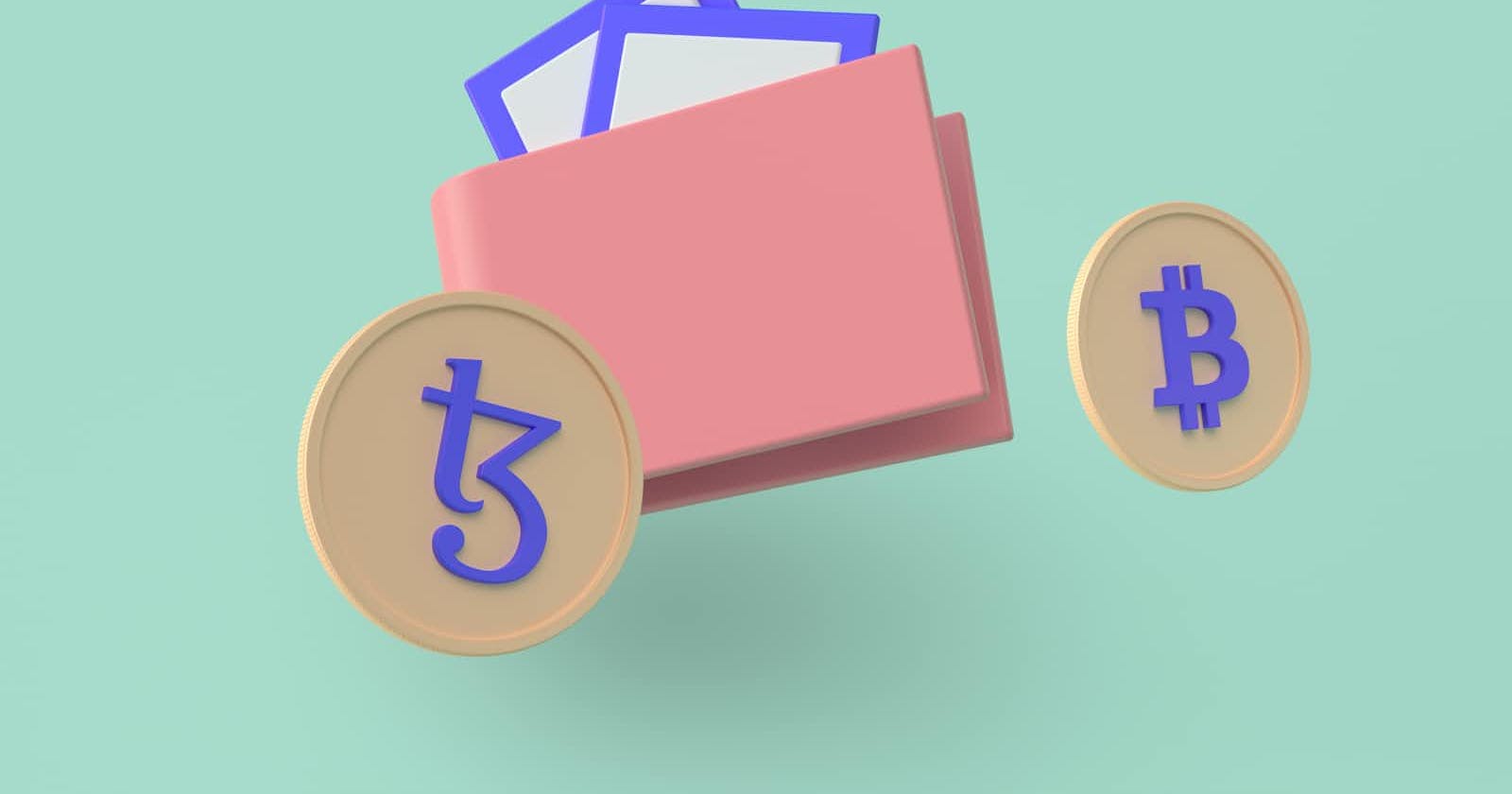DeFi is a buzzword you'll likely hear more of in 2022. Decentralized Finance (DeFi) refers to apps built on public blockchains that provide financial services without centralized intermediaries.
Guess what? This new financial system is built on secure distributed ledgers, similar to those used by cryptocurrencies.
Some platforms leverage this technology to allow consumers to lend or borrow money from others, trade cryptocurrencies, insure against risks, and earn interest in savings-like accounts.
As you might have guessed, it's called Defi: Decentralized Finance.
We'll learn about the decentralized financial system in this post, including how it works and operates in the computer world.
What is Decentralized Finance (DeFi)?
Allowing people, merchants, and corporations to perform financial transactions using developing technologies, decentralized finance eliminates intermediaries.
Peer-to-peer financial networks that use security protocols, connectivity, software, and hardware developments are used to achieve this.
In simplest terms, if user 👨 wants to borrow $55,000, user 👨 must have some assets or money in the bank to serve as collateral. The bank manager (user 👳♂️) evaluates your finances, and then the lender (user 👳♂️) sets an interest rate for your loan repayment based on the bank's requirements.
The bank lends you money from its deposit pool, collects your interest payments, and has the power to confiscate your collateral if you don't pay. The same goes for stock trading, asset management, insurance, and almost every other type of financial service available today.
On the other hand, decentralized Finance (DeFi) reimagines financial services as decentralized software applications that run without ever assuming possession of customer funds.
How Does Decentralized Finance (DeFi) Work?
Decentralized finance makes use of the same blockchain technology that is used in cryptocurrencies. A blockchain is a distributed database or ledger that is safe and distributed.
A smart contract is an Ethereum account that can retain funds and send/refund them based on predetermined criteria. A smart contract in DeFi takes the financial institution's place in the transaction. No one can edit a smart contract once it has gone live; it will always function as programmed.
For example, a contract meant to distribute allowances may be coded to transmit money from Account Y to Account Z only if Account Y has the necessary amount.
Decentralized Finance (DeFi) Rewards and Risk
DeFi operations are based on open-source software and can be merged and customized virtually.
Reward
DeFi blurs the line between average customers and affluent individuals or institutions with access to a broader range of financial products. Anyone can join a DeFi lending pool and lend money to others, which means that anyone can lend money.
Depending on whether the collateral pool currently gives the best returns for your investment profile, funds can automatically transfer you between them. As a result, the rapid innovation seen in e-commerce and social media could become the norm in traditionally conservative financial institutions.
In the second quarter of 2021, over $83 billion worth of cryptocurrencies was locked in DeFi contracts Learn more about the reward, volumes and return here
Risk
DeFi has the potential to amplify cryptocurrency's already high volatility. Many DeFi systems allow investors to employ leverage, allowing them to borrow money in order to boost their profits but also raising their risk of losing money.
Since the DeFi industry began to gain traction, there have been several hacks. About $300 million has been stolen Learn More. Many of these were caused by mistakes in smart contract coding, which puts the DeFi ecosystem in danger.
The following section compares and contrasts the current centralized finance system with the decentralized financial system.
Centralized Finance vs Decentralized Finance
Centralized
Your money is kept by banks, corporations whose overarching objective is to make money through centralized finance. Third parties who facilitate money flow between parties abound in the financial system, each charging for their services. Let's say you used your credit/debit card to buy a bar of chocolate. The charge is sent from the merchant to an acquiring bank, sending the card information to the credit/debit card network.
The network eliminates the charge and asks your bank for payment. Your bank approves the bill, transmits it to the network, and then delivers it to the merchant via the acquiring bank. Merchants must pay for their ability to use credit and debit cards, so each organization in the chain receives paid for its services.
Decentralized
Decentralized Finance (DeFi) eliminates mediators by allowing individuals, corporations, and merchants to execute financial transactions using developing technologies.
You can trade, lend, and borrow using software that records and validates financial transactions in distributed financial databases from anywhere with an internet connection.
A distributed database is accessible from multiple locations; it gathers and aggregates data from all users and verifies it using a consensus process.
Conclusion
In this blog post, we learned about the decentralized financial system, how it works and operate, Rewards and risk involved.
I'd love to connect with you at Twitter | LinkedIn | GitHub | Portfolio
See you in my next blog article. Take care!!!


